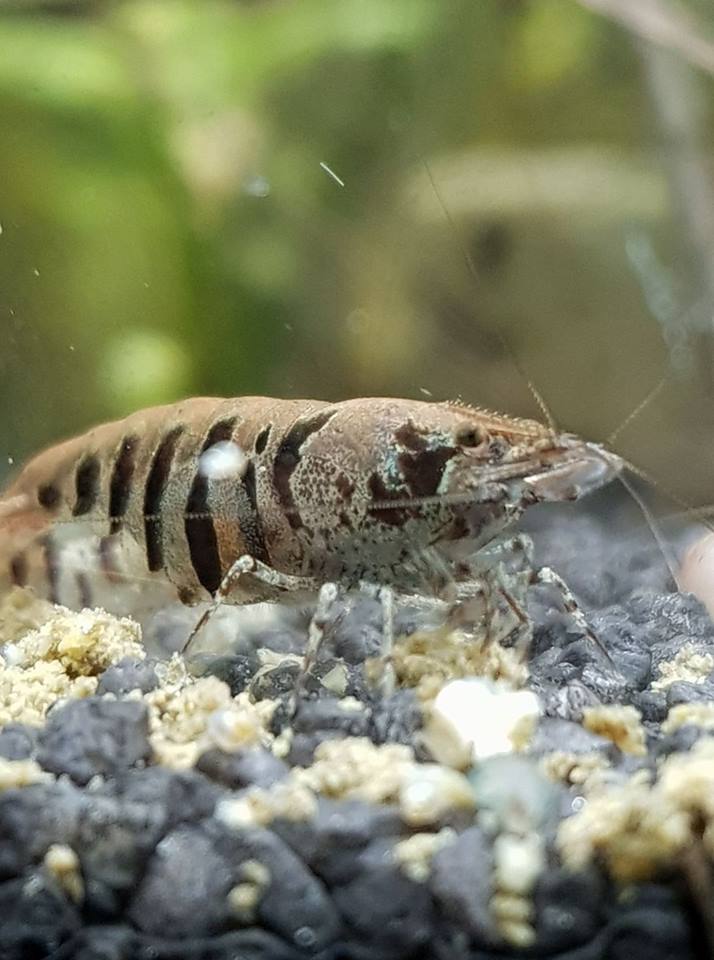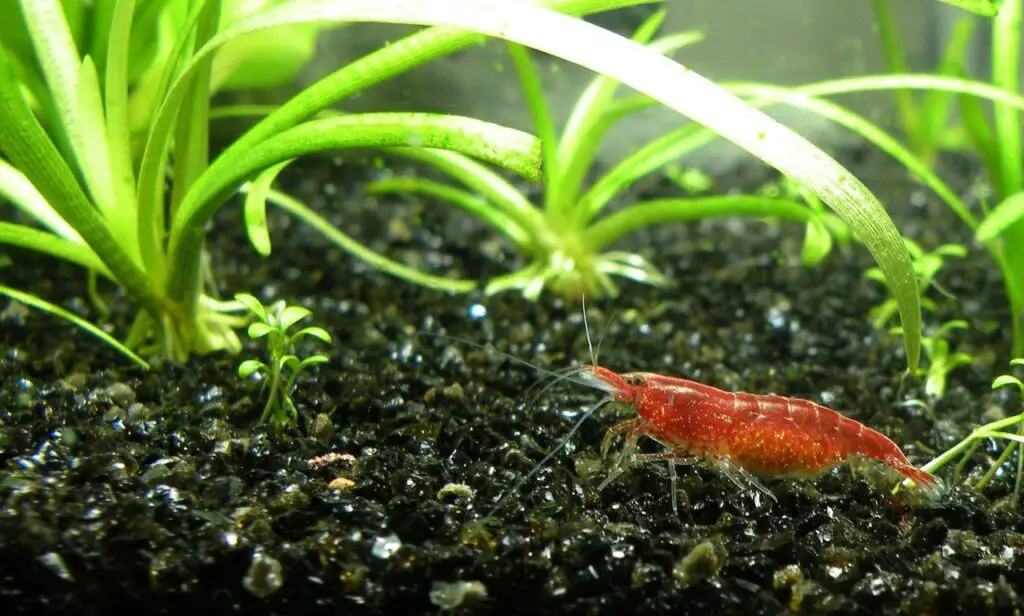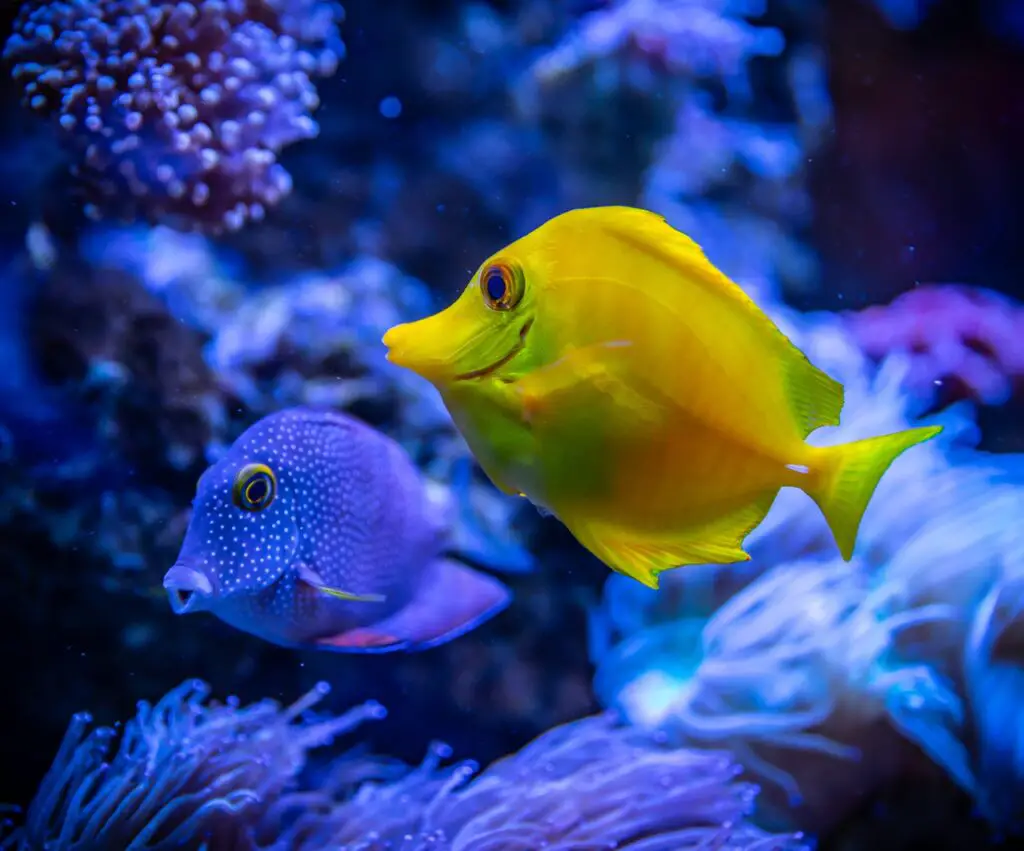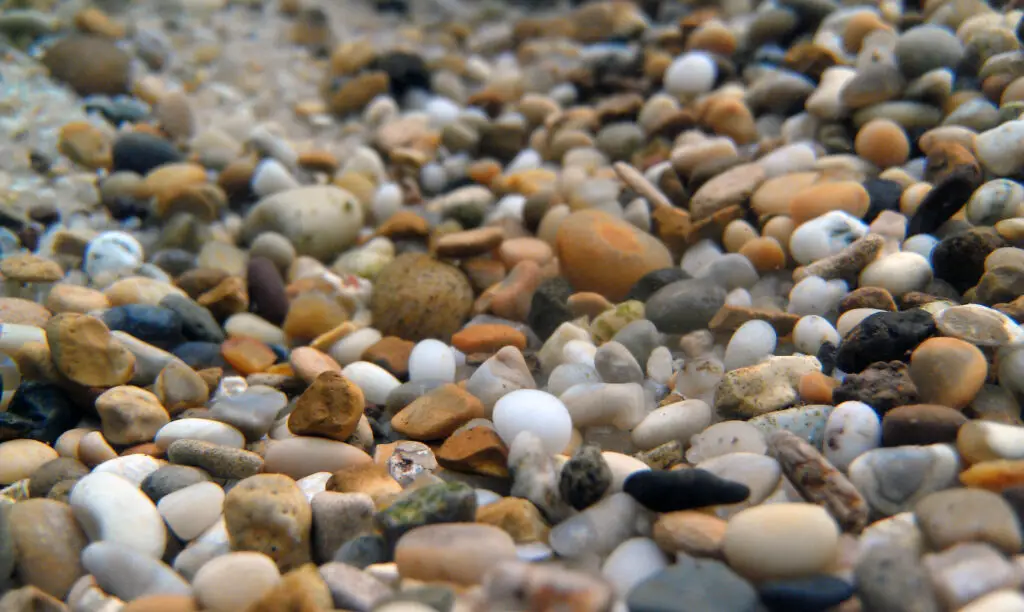You might already be thinking about introducing a fish species or two into your freshwater tank, but what about shrimp? While tropical shrimp have been all the rage for some time, freshwater shrimp are catching up in popularity, and for that reason, we thought we’d put a guide together to look at the best freshwater shrimps for aquariums available for you to adopt right now.
But why should you consider freshwater shrimp at all? The fact is, they add something a little bit different to your tank. What’s more, they are great at keeping all kinds of nastiness on the down low in the water, making the ecosystem that little bit healthier.
However, there are – of course – a few things you’re going to need to keep in mind regarding freshwater shrimp. Some fish will happily snack on them, for example!
Keep reading this beginner’s guide and we’ll fill you in on everything you need to know about keeping freshwater shrimp in your home aquarium or tank.
Freshwater aquarium shrimp for beginners
Firstly, let’s take a look at a few beginner species of freshwater shrimp you’ll find nice and easy to take care of.
Ghost Shrimp

The Ghost Shrimp is so called because it’s nearly transparent! They tend to grow to up to two inches long, and hail from both Asia and North America.
These shrimp love tanks that are mid-sized, so anything larger than at least 10 gallons is an absolute must. They are also likely to enjoy warmer waters. They are really friendly, too, as they won’t pick fights with non-predatory fish.
Snowball Shrimp
This sparkling white shrimp is a German breed that will likely do well in smaller tanks. They don’t tend to grow much bigger than an inch, on the whole!

However, Snowball Shrimp tend to live longer than Ghost Shrimp. You’ll probably see them live for at least a year in the right conditions, though they may live for even double this. They are fantastic beginner pets because they have such a pleasing, friendly attitude!
Babaulti Shrimp
The Babaulti Shrimp sometimes goes by the name of Caridina Babaulti, and it’s actually a lot timider than the two species listed above. It tends to be a pretty hardy critter, and they love water that’s a long temperature range between 65F all the way up to 83F.

These are classified as dwarf shrimp, which – naturally – means they are tiny. That means a small tank is likely to be a really good fit. However, due to their innate shyness, make sure that these creatures are kept well away from any aggressive fish species.
Are shrimp good for an aquarium?
Yes! Freshwater shrimp are great for home tanks and aquariums simply for the fact that they can really ‘spice up’ the place.
It’s a common misconception that you can only keep fish in a fish tank. You can keep shrimp, water snails and more!
Freshwater shrimp generally get on really well with fish providing they’re not likely to be a snack for them. We’ll come onto that a little bit further down.
Beyond this, however, freshwater shrimp are amazing at helping to get nasty bits of algae up and moving. Algae can be a real blight on your tank and on the health of your fish, meaning that if you’re looking for a natural way to get rid of it, a freshwater shrimp species will happily tuck in and get rid of it all!
So yes – for both variety in the tank as well as for getting rid of the worst algae spots and growths, it’s a really good idea to bring shrimp into your freshwater aquarium.
Freshwater shrimp species
We’ve already looked at a handful of beginner shrimp species we think are great for tank owners who may have little to no experience with these animals. However, there are scores of different freshwater shrimps out there, meaning in the long run, it’s well worth adding an even wider diversity to your tank.
For example, the Bee Shrimp is a tiny, friendly species that’s well worth looking into. They get their names from their stripes! However, they are pretty tricky to care for, as they have tight pH and temperature demands to be able to stay healthy.

The Red Cherry or Fire Shrimp is another great addition to a freshwater tank. Like the Bee Shrimp, however, it takes a bit of care to keep healthy. Some experts believe they are fairly simple to care for, but on the whole, these are tougher to keep than, say, your average Ghost Shrimp.
There are also plenty of shrimp species for your freshwater tank which have been selectively bred, and therefore need even further care. For example, the Blue Velvet Shrimp needs to be kept away from other types of Shrimp in case they breed! They are well worth propagating with their own kind, however, as they are some of the hungriest Freshwater Shrimp you’ll come across – no algae, no fuss!
Freshwater shrimp care
Caring for freshwater shrimp can be tricky depending on the species you bring into your tank. However, there are many species, such as the Ghost Shrimp, who will happily propagate and get on with your fish.
Here are a few tips to keep in mind if you are looking to care for your freshwater shrimp for the first time:
- Shrimp pH needs will vary from species to species. Some of those we’ve looked at in this guide prefer more acidic waters beyond 7.0 pH, while others will prefer alkaline conditions. Generally, the easiest shrimp to look after in a freshwater tank won’t be too fussy in this department.
- The same often goes for temperature. Some freshwater shrimp will really adapt well to water in a 20-degree range, meaning late 60s to late 80s (F). However, as always, make sure you check the individual demands of the specific freshwater shrimp species you are caring for!
- Tank sizes tend to be a little kinder on owners than you’d expect, with many shrimp working well in nano aquariums. This means you may be able to house the dwarf varieties in a tank as small as 5 gallons. However, the average tank size experts generally recommend is anywhere between 10 and 50.
- It’s never a good idea to place your shrimp in a brand-new aquarium. Tanks which have been housing fish and growing algae for a while are ideal. This is so that your freshwater shrimp has the opportunity to start feeding as soon as they take to the tank. It also means that there’s more stability in the ecosystem, and you won’t have to give them food every five seconds.
- Do always be careful if you are using a canister filter in your tank. Some freshwater shrimp are absolutely tiny, and therefore, they might be at risk of getting sucked in! Therefore, it might be worth installing a sponge filter over the top. This will still keep your tank healthy and livable, but it’ll also mean there’s no way for your shrimp to come to immediate harm.
What do freshwater aquarium shrimp eat?
Here’s the best part – shrimp will eat absolutely anything. They will mainly feed on algae, which is fantastic news if you are sick of having to clean this out of your fish tank every five minutes.
They will also munch on leftovers, and plants that are decaying or dead. Some shrimp are even known to eat fish, which means you should really look at bringing creatures together that aren’t going to have each other for dinner (literally).
Shrimp will also eat specialist food that’s purchasable online as well as in aquarium stores and outlets. However, the best possible start you can give your freshwater shrimp is to place it in a tank that already has fish and plants living in it. This means they can dive straight in and start munching on algae and leftover bits and pieces.
Freshwater shrimp and fish compatibility
One thing that can put people off owning freshwater shrimp alongside fish is the compatibility factor. However, providing you own fish which are docile and are unlikely to munch on your shrimp, there are unlikely to be any further problems.
Don’t forget, again, that some shrimp can even be aggressive to fish – meaning it’s worth doing a bit of research into which species are likely to be friends, rather than starters or main courses.
What’s more, you don’t want to end up pairing creatures together which are going to bully each other for food and/or space!
What fish can be kept with shrimp?
Generally, small fish that you will find in your average community tank are likely to become firm friends with shrimp. Look for guppies and rasboras, for example.
Fish you’re going to want to avoid keeping with shrimp include cichlids and barbs. These tend to feast on the little critters given half the chance, so try and keep size in mind as well as aggression. Even placid angelfish are known to chow down on a shrimp or two!
SOURCES



